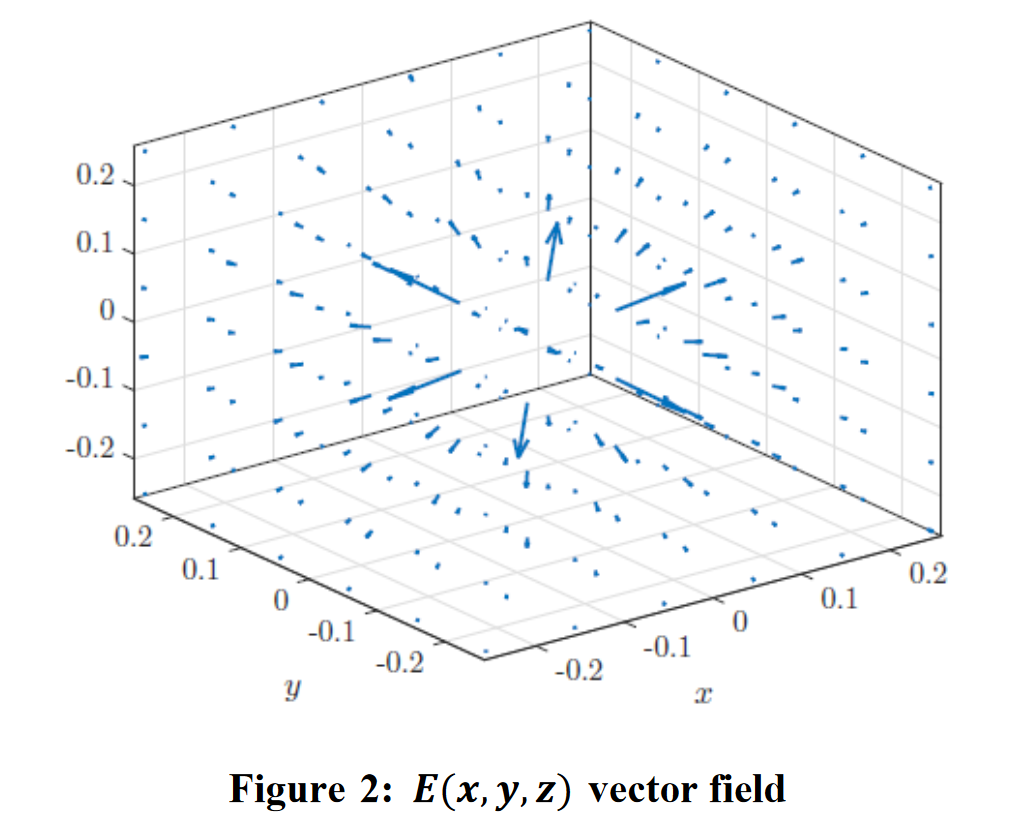Vector fields are collections of vectors for each point in space (as opposed to a scalar field, a single value). They’re common representations of many physical phenomena, like electric fields. In , we can express vector fields with:

Fundamental operations
Vector fields have several fundamental operations:
According to the Helmholtz decomposition theorem, any vector field is the superposition of a field that is circulation-free and a field that is flux-free:
If a vector field only has a curl component, then it doesn’t have a divergence component (and vice versa).
Types of fields
We say a vector field is conservative if there exists some such that . is called the potential function of .
Superposition
Vector fields generally follow the principle of superposition, which is especially useful in our study of electromagnetism. We can contribute the total field by finding the contributions of the field due to each object. For a scalar and current density:
Our simplest problems involving scalar density involve spherical, cylindrical, and planar symmetry. Spherical problems depend only on the distance from a point in space (and not or ). Cylindrical and planar problems depend only on the orthogonal distance.
For current flux density with cylindrical symmetry we can have the current aligned with the axis of symmetry or rotating around it. For planar symmetry, it should point parallel to the plane.
Some specific applications:
- Gauss’ law, using the divergence theorem to solve for an irrotational field.
- Ampere’s law, using Stokes’ theorem to solve for a flux-free field.